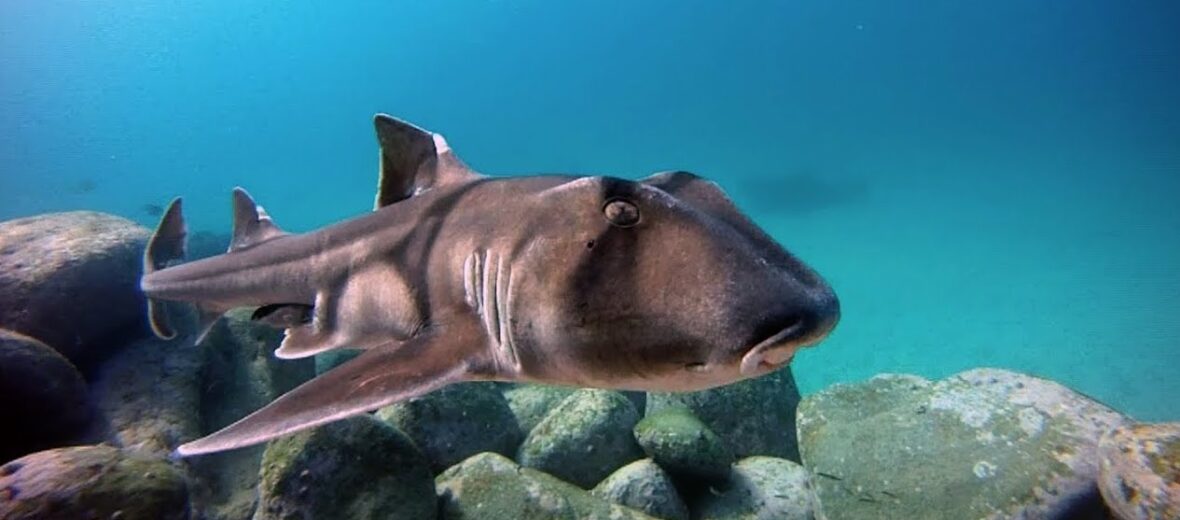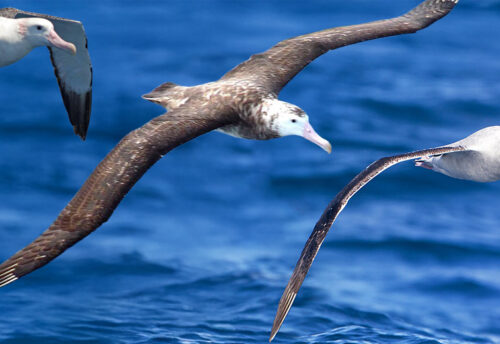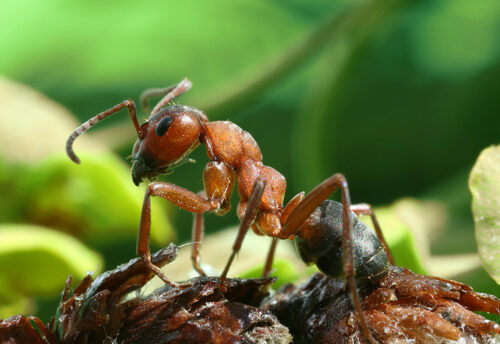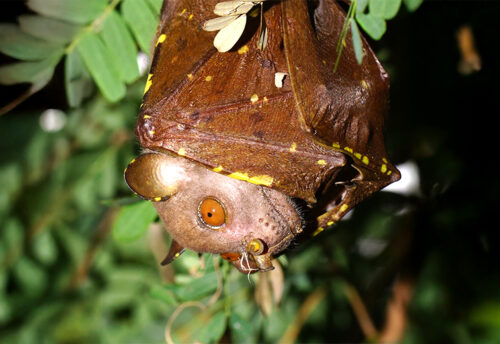
The Port Jackson shark, aka the oyster crusher or horn shark, is the largest of the Heterodontid sharks. The dorsal fins’ spines are one of the reasons for the common name, “Horn shark”. These sharks reside in the tropical waters of southern Australian, from south Queensland to Tasmania, and west to the central coast of Western Australia at depths of up to 900 feet. These sharks are typically seen chilling on the ocean bed awaiting evening time, which is dinner time.
First the Stats…
Scientific name: Heterodontus portusjacksoni
Weight: Up to 125+ lbs.
Length: Up to 5.4 feet
Lifespan: Up to 20+ years
Now on to the Facts!
1.) These sharks are real multi-taskers as they can eat and breathe at the same time!
2.) They don’t have to constantly swim to move oxygenated water over their gills. They can open and close their mouths to pump water over their gills. This is called buccal pumping.
3.) The preferred habitat is sandy, rocky, or muddy areas on the ocean bottom, and they also reside in areas where seagrass grows.
4.) Port Jackson sharks are nocturnal (active at night).
5.) Bullhead sharks are also found in the same areas as the Port Jacksons.
But wait, there’s more on the Port Jackson shark!
6.) Nighttime feeders as they are, they feast on small fish, sea urchins, sea stars, polychaete worms, prawns, gastropods, and crabs.
7.) Jacksons have 2 kinds of teeth: the front teeth are small and sharp for grabbing and holding prey items, and the back teeth are flat and broad (like molars) that are used for crushing and grinding shells.
Did you know…?
The egg case is an alien-like, dark brown, spiral-shaped casing that’s about 2.8 x 7 inches in diameter that comes out soft, is wedged into rock crevices and left to harden.
8.) Female Port Jacksons become mature at 11 – 14 years old, while males do so at 8 – 10 years.
9.) The eggs hatch after 10 – 12 months! A single pup emerges from each egg case and the pups are about 10 inches long.
10.) Even though they are capable of inflicting a painful bite, they typically pose no threat to humans.
Now a Short Port Jackson Shark Video!
Also, check out the Critter Science YouTube channel. Videos added frequently!
Want to suggest a critter for me to write about? Let me know here.



